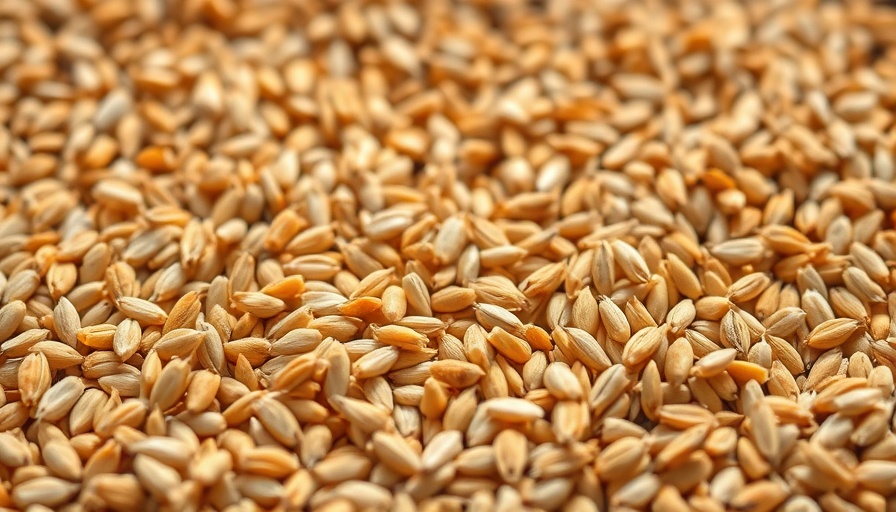
Soothe Your Skin: Understanding Sunburn and Effective Treatments
As summer approaches, outdoor activities and sun exposure increase significantly, especially among the elderly, who often spend more time outside enjoying the warmth. However, with this enjoyment comes a risk that many ought to be aware of: sunburn. A recent article highlights the importance of understanding the types of sunburn and the effectiveness of various treatment options. This piece, specifically focusing on dermatological insights, reveals that aloë vera is more than just a soothing plant; it actively aids in DNA repair when the skin is damaged by sun exposure.
The Four Types of Sunburn: Understanding Your Skin's Response
Dermatologists categorize sunburns into four different types based on severity and symptoms. Recognizing which type you are dealing with is crucial for choosing the appropriate treatment. The first type is a first-degree burn, marked by red, tender skin. This is the mildest form, usually treated with cooling gels or lotions. The second type, a second-degree burn, involves blisters and severe pain, prompting the need for medical treatment.
More serious than these is a third-degree burn, which affects deeper skin layers and requires immediate medical intervention. The rarest type is a fourth-degree burn, which can involve muscle and bone. Awareness of these categories is essential, as different treatments apply based on type and severity.
The Benefits of Aloe Vera and Other Healing Remedies
Many people turn to popular home remedies when dealing with sunburn, but the effectiveness varies. According to dermatological assessments, while many creams offer temporary comfort, not all contribute to skin healing. Aloë vera stands out, noted for its ability to hydrate and heal skin efficiently due to its unique compounds. Medical experts emphasize its role in reducing inflammation and helping to repair DNA in burned cells.
Beyond aloë vera, options like topical hydrocortisone and various over-the-counter creams can also provide relief. However, caution is necessary, especially with medicated treatments, as they may have adverse effects on sensitive skin. Elderly individuals and those with pre-existing conditions should consult healthcare professionals before applying any new treatments.
Future Insights: Preventative Care and Skin Health
Looking ahead, understanding sun care is vital for maintaining skin health as we age. Incorporating sun protection into daily routines is essential for elderly individuals, who may be more susceptible to skin damage. Regular use of sunscreen, protective clothing, and avoiding peak sun hours are good practices that can help prevent sunburn.
Additionally, education about sun safety can empower older adults to take proactive measures. Community programs focusing on sun safety can prove beneficial, offering tips and resources tailored to older adults. The ultimate goal is to foster an environment where individuals understand the stakes of sun exposure and how to enjoy their time in the sun without compromising their skin health.
Encouraging Safe Sun Practices
As the sun shines brighter, it’s crucial to remember that prevention is better than cure. Engaging in outdoor activities should be balanced with a proper understanding of skin care. Whether you’re spending an afternoon in the garden or enjoying a leisurely walk through the park, applying sunscreen regularly can significantly reduce the chances of sunburn. Consider incorporating skincare routines specifically designed for post-sun exposure, ensuring you provide your skin with the necessary care it deserves after a sun-kissed day.
For a healthier and more vibrant life, practice these sun safety tips regularly, not just during the warm months. Stay vigilant, protect your skin, and embrace the joys of safe sun exposure this summer!.
 Rij toevoegen
Rij toevoegen






Write A Comment